I am running breadth first search on the above graph to find the shortest path from Node 0 to Node 6.
My code
public List<Integer> shortestPathBFS(int startNode, int nodeToBeFound){
boolean shortestPathFound = false;
Queue<Integer> queue = new LinkedList<Integer>();
Set<Integer> visitedNodes = new HashSet<Integer>();
List<Integer> shortestPath = new ArrayList<Integer>();
queue.add(startNode);
shortestPath.add(startNode);
while (!queue.isEmpty()) {
int nextNode = queue.peek();
shortestPathFound = (nextNode == nodeToBeFound) ? true : false;
if(shortestPathFound)break;
visitedNodes.add(nextNode);
System.out.println(queue);
Integer unvisitedNode = this.getUnvisitedNode(nextNode, visitedNodes);
if (unvisitedNode != null) {
queue.add(unvisitedNode);
visitedNodes.add(unvisitedNode);
shortestPath.add(nextNode); //Adding the previous node of the visited node
shortestPathFound = (unvisitedNode == nodeToBeFound) ? true : false;
if(shortestPathFound)break;
} else {
queue.poll();
}
}
return shortestPath;
}
I need to track down the nodes through which the BFS algo. traversed to reach node 6, like [0,3,2,5,6]. For that I have created a List named shortestPath & trying to store the previous nodes of the visited nodes, to get the list of nodes. Referred
But it doesn't seem to work. The shortest path is [0,3,2,5,6]
In the list what I get is Shortest path: [0, 0, 0, 0, 1, 3, 3, 2, 5]
It's partially correct but gives the extra 1 .
If I again start from the first element 0 of the shortestPath list & start traversing & backtracking. Like 1 doesn't has an edge to 3, so I backtrack & move from 0 to 3 to 5, I will get the answer but not sure if that's the correct way.
What is the ideal way to getting the nodes for the shortest path?

